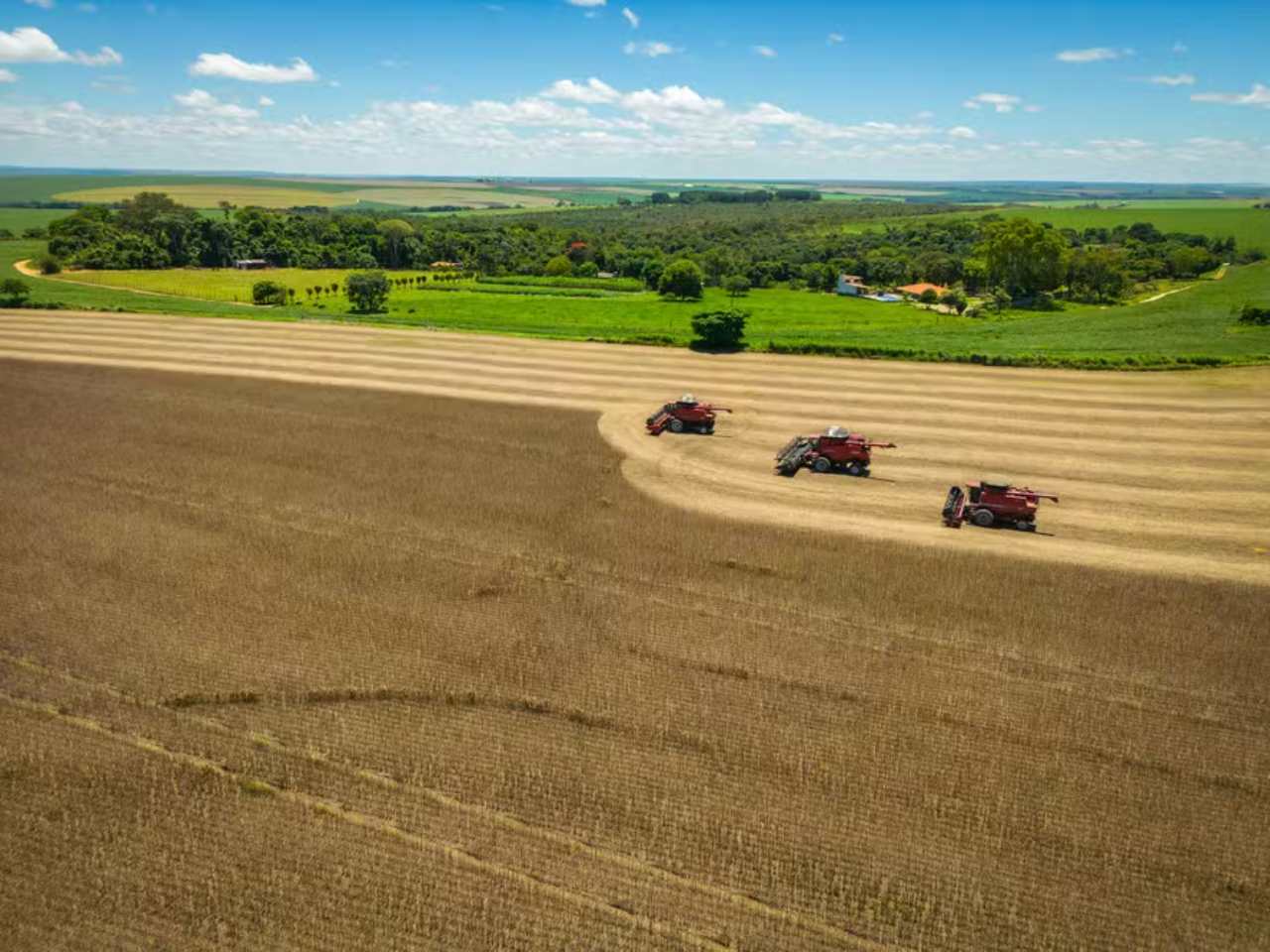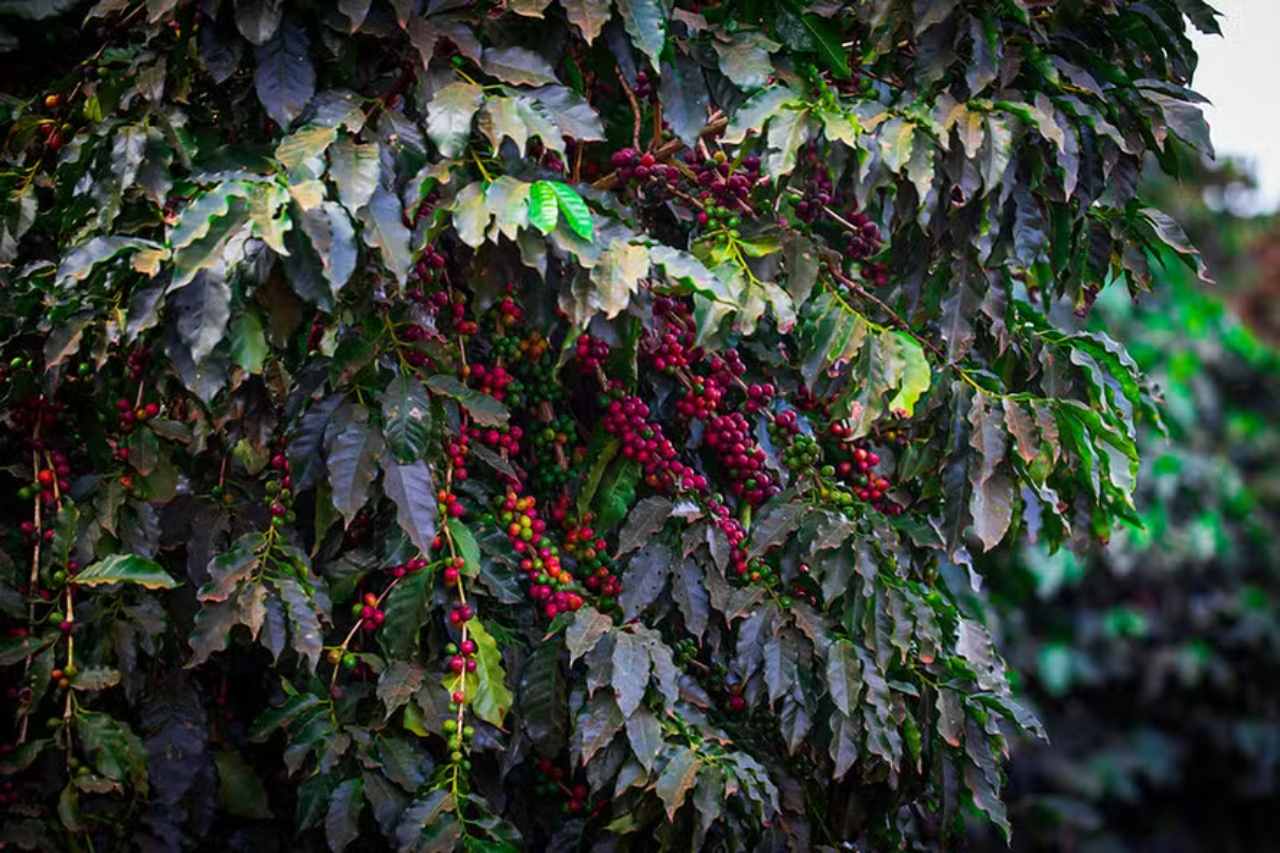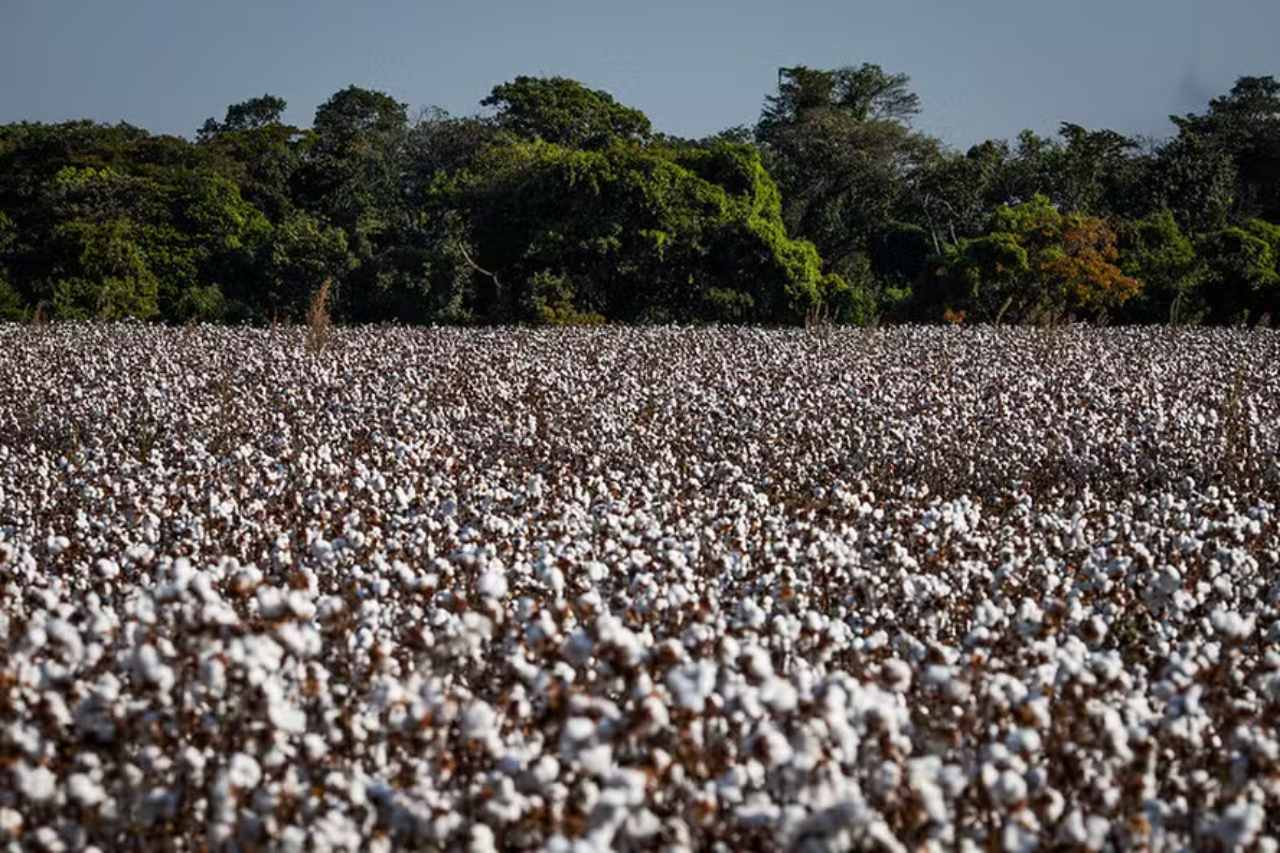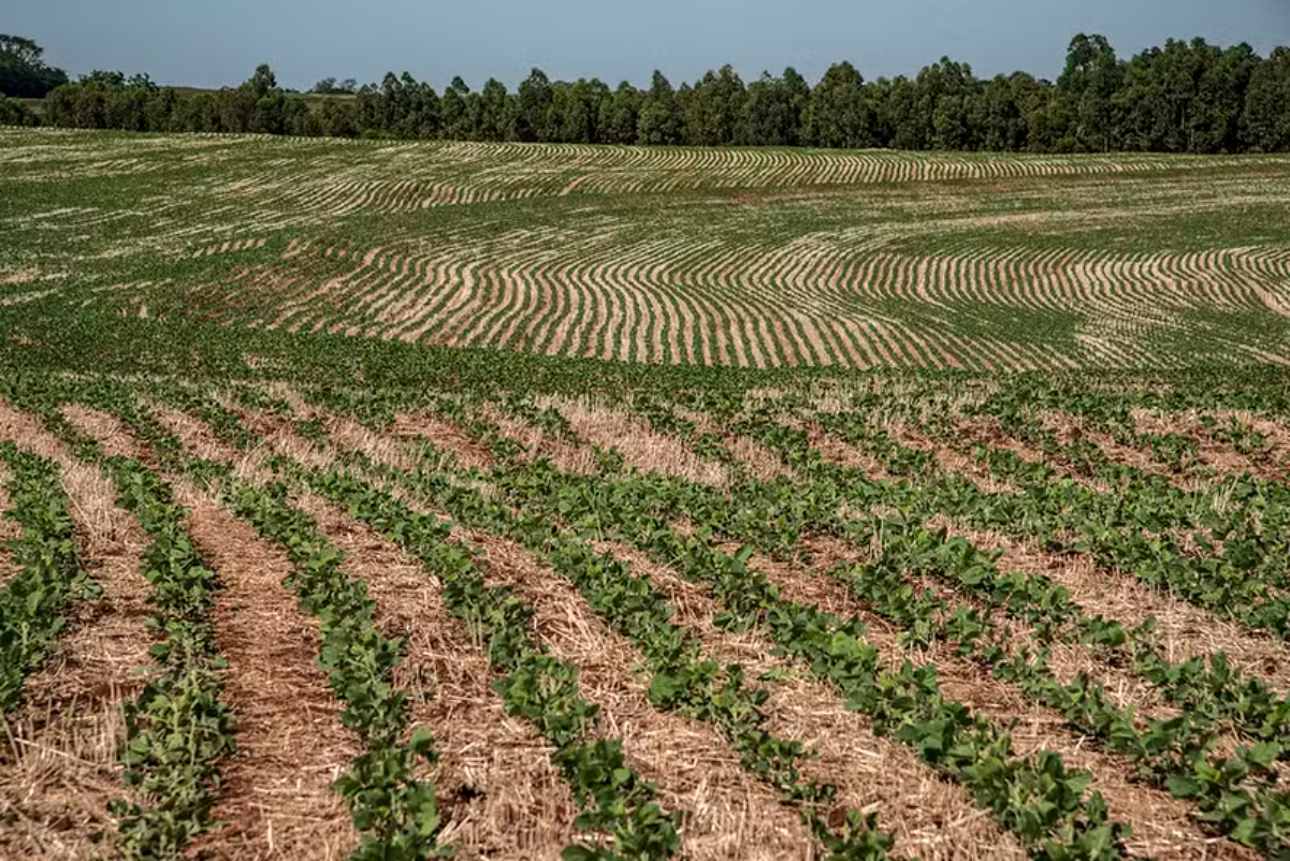Brazil Leads Global Sales of Grains, Sugar, Coffee, and Orange Juice
October 17 marks Agriculture Day in Brazil, celebrating one of humanity’s oldest activities. To meet the food needs of a global population projected to reach 9.3 billion people by 2050, food production must increase by 60%, according to the Food and Agriculture Organization (FAO). The FAO estimates that Brazil will supply 40% of this additional food demand.
A Historical Overview
Agricultural activities in Brazil began with the commercial cultivation of sugarcane in the northeastern region in the 16th century. In the 18th century, the introduction of coffee sparked a new era, with the crop becoming Brazil’s primary export product by the 19th century. The coffee boom contributed to the emergence of urban centers, the development of rail logistics in São Paulo, and helped modernize the Brazilian economy.
However, by the 1930s, coffee’s importance in the economy began to decline, giving way to other crops, especially soybeans, which gained prominence starting in the 1970s. This period saw the founding of Embrapa (Brazilian Agricultural Research Corporation) and significant investments in research, development, agricultural mechanization, and financing.
National Production
Thanks to its agricultural strengths, Brazil has become a vital supplier of food worldwide. According to the National Supply Company (Conab), Brazil planted 79 million hectares and harvested 298.6 million tons of grains during the 2023/2024 crop season.
In 2023, Brazil led global sales of soybeans, corn, coffee, sugar, and orange juice. Its primary buyers include China, the United States, and the European Union.
Currently, the country is home to more than 5 million agricultural establishments, occupying around 350 million hectares, according to the Agricultural Census by the Brazilian Institute of Geography and Statistics (IBGE).
The agricultural sector also plays a significant role in the country’s economy. In 2023, agriculture contributed 23.8% to Brazil’s GDP. According to the Ministry of Agriculture and Livestock (Mapa), the Gross Production Value (GPV) reached R$ 1.19 trillion.
Of this total, R$ 835 billion came from crops, with the most prominent contributors being:
- Soybeans: R$ 341 billion
- Corn: R$ 144 billion
- Sugarcane: R$ 116 billion
These three crops alone accounted for 72% of the GPV from Brazilian agriculture in the previous year.
Family Farming
Brazilian family farming ranks as the 8th largest producer of food globally, according to the 2024 Statistical Yearbook of Family Agriculture by the National Confederation of Rural Workers (Contag) in partnership with the Inter-Union Department of Statistics and Socioeconomic Studies (Dieese).
IBGE data indicates that Brazil has around 3.9 million family-run farms, representing 77% of all agricultural properties in the country. These establishments cover about 80.8 million hectares, or 23% of the nation’s arable land, and provide 10.1 million jobs in rural areas.
Source: RuralGlobo. More news for Brazil Agriculture.





